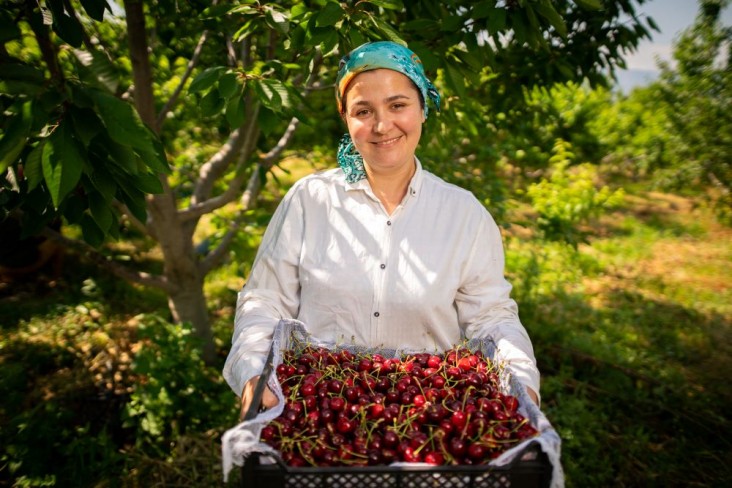Press Release Shim
Speeches Shim

For Immediate Release
The U.S. Agency for International Development (USAID) has published a detailed Directory of Central Asian Horticulture Exporters to provide key information on local producers to potential buyers around the world, in order to help Central Asian agricultural products reach new markets. The directory is intended for use by horticulture importers, distributors, retail buyers, and international trade fair organizers.
Over 120 horticulture exporters from Kazakhstan, Kyrgyzstan, Tajikistan, Turkmenistan, and Uzbekistan are listed in the catalogue, which includes details about their products, brands, distribution channels, and contact information. The directory includes eight exporters from Kyrgyzstan that produce beans, oil, dried fruits, walnuts, and other produce.
“We have high hopes for the directory and look forward to increasing Alysh-Dan Organic company’s profile both in local and foreign markets. Moreover, we believe that this directory will contribute to our main goal of entering the European market,” says Tursunali Tolomushov from Alysh-Dan Organic Agricultural Cooperative.
The document also provides an overview of transportation costs and transit time from Central Asian cities to export destinations in Europe and Asia.
Central Asia has been producing and trading a wide range of fruits and vegetables for centuries. Many producers are now ready to expand to markets beyond the region. The directory was developed by USAID’s Competitiveness, Trade, and Jobs activity as an easily accessible catalogue to showcase Central Asian growers, processors, and trading companies willing and ready to export their horticultural products.
USAID recently developed a specialized Export Guide for Central Asian Horticulture Exporters describing steps that need to be followed to enter export markets. It also provides guidance on market research, standards, pricing, promotion, packaging, and trade fairs to increase chances of successful exports.
Both publications will help Central Asian horticulture exporters to increase competitiveness and diversify their dependency on traditional markets by targeting new export destinations, which will help create new jobs in the local agricultural sector.

Comment
Make a general inquiry or suggest an improvement.